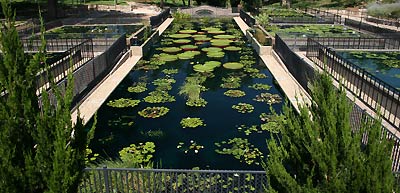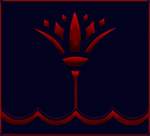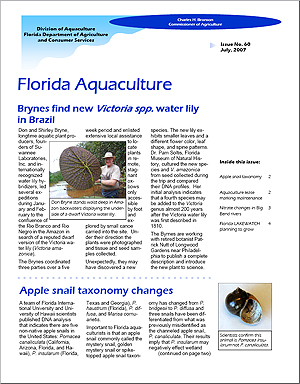
A Place to Fuel the Imagination.
Victoria
| IWC Home |
| About Us |
| Latest News |
| The Plants |
| The Collection |
| Water Gardening Info & Tips |
| Resources |
| Site Map |

New Dwarf Victoria This is the latest information on a possible new Victoria. It will be updated as information becomes available from Patrick Nutt. Exclusive Material kindly provided by Mr. Patrick Nutt, Ed Sommers, Tim Jennings and authorized by Mr. Don Bryne. These photos and this information are authorized to be posted on this site only at this time. All copyright information on the photos is from the Mr. Nutt and the IWC. Do not link to these photos without prior written permission. |
||||||||||||||||||||||||||||||||||||||||||||||||||||||||||||
AMAZON EXPEDITION By: Lindsey K. Zuk
I woke up the first morning with the hum of the engine deep in my core, and the smells of the living and breathing rainforest permeating the air. It took a moment before I remembered where I was, on a boat traveling up the Amazon River. The sight of early morning mists swirling past the window masking shapes of tropical woods and lush flora on the banks beyond sent me sifting up straight in bed. Nearly clunking my head on the ceiling above my bunk, I didn’t want to miss my first glimpse of the Amazon. Despite the late night arrival, and caipirinhas on top deck, the thrill of the adventure unfolding drew me out of bed as though I had wings. This February 2007 I had the honor of traveling with a group of professionals from across the USA, Canada, and the UK to the South American country of Brazil. We were on a quest for a rumored new subspecies of Victoria amazonica. First spotted by a group from New York a couple of years ago, tales of a dwarf Victoria had been told and retold again. Don Bryne, owner of Suwannee Labs, FL, decided to organize an expedition to the mouth of the Rio Branco and discover the truth. Our first encounter with the dwarf lily was a few days travel up the Amazonian tributary Rio Negro, near the mouth of the Rio Branco. The dwarf lilies were completely isolated in an inland lake. We pushed our wooden canoes up against the raw river bank, where clinging to gnarled tree roots we scaled between 20’ and 30’ feet to the top. Then a smaller, wooden dugout canoe was pulled up with us, and shouldered by the crew. A hike through exotic blooming Heliconia, and then deeper into ferns and shadows brought us farther inland. The ground began to slope, and become swampy. We teetered like aspiring tight rope walkers, scaled logs, and even swatted bugs like us Minnesota mosquito experts. We were determined, the adrenaline was going, and finally wading up to our waists and then chests, there they were! The dwarf Victoria lily had several characteristics that differed from the known Victoria amazonica species. We collected significant data on the plants, and a number of seeds. Samples of the tissue were sent to a few different Universities for DNA testing. They will be compared to the known V. amazonica species, and it will be determined whether we created history and discovered something new! Several people in the retail garden industry are excited over the more feasible economics of a dwarf Victoria. Many others are just plain excited over the possibility of a new Victoria. If the results show we truly have a new plant, we can expect to see them on display at select gardens and garden centers as soon as next summer, or even this season depending on location. Truly the opportunity of a lifetime, I was able to travel with world renowned professionals on a modern expedition. It will be exciting to get the final results, is this a new addition to botanical history... or not?
|
|
|
||
.jpg)
.jpg)
.jpg)
.jpg)
.jpg)
.jpg)
.jpg)
.jpg)
.jpg)
.jpg)
.jpg)
.jpg)
.jpg)
.jpg)
.jpg)
.jpg)
.jpg)
.jpg)
.jpg)
.jpg)
.jpg)
.jpg)
